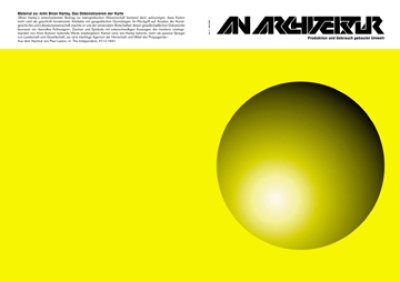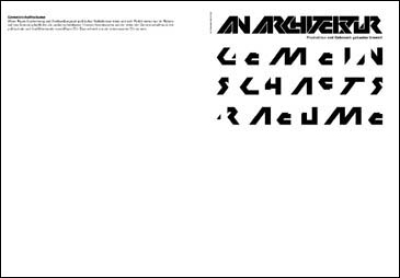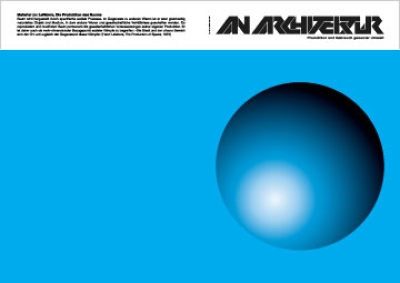
texturen Nr. 2 — Spielen
Die zweite Ausgabe der texturen-Reihe widmet sich dem „Spielen“ – zugleich als Thema und Methode.
Spielen ist, im Verständnis dieses Buches, nicht nur Metapher. Wer Spiele macht und Spiele spielt, nimmt eine Haltung ein, neue Möglichkeiten des Denkens und Handelns zu bahnen (Daniela Kuka, Mitherausgeberin und Autorin).
Die verschiedenen Beiträge bilden ein Spektrum ab, das vom Dialog zweier Mäuse in einem Versuchslabor bis zur Methode der ‘Strategem-ification’ reicht – einem spielerischen Modus, der Herrschaftswissen zugänglich macht. Aber auch das Spiel auf den Theaterbühnen oder das hoffnungslose Spiel der Wartenden beim Arbeitsamt werden thematisiert.
Das Spektrum der Beiträge reicht von aufmerksamer Gegenwartsreportage zum philosophischem Essay, von teilnehmender Spielebeobachtung zu Spielen mit Methode. Lehrende und Studenten des Studiengangs Gesellschafts- und Wirtschaftskommunikation sowie Gastautoren und externe Experten aus dem Wissenschafts- und Kunstbetrieb überzeugen durch Vielfalt und Experimentierfreude in Bezug auf Form, Inhalt und Annäherung an das Thema. Das macht die Lektüre anregend – nicht nur für kulturwissenschaftlich interessierte Leser. Die kreativen Transferleistungen zwischen Reflexion, Analyse und neuen Artikulationsformen sind also nicht nur an ein akademischen Umfeld adressiert, sondern auch an Agenturen, Redaktionen und andere Labore der Gegenwart.
Das Thema jeder texturen-Ausgabe variiert, jedoch haben die verschiedenen Perspektiven der Autoren eine einende Ausrichtung und eine spezifische Transferleistung: Aus akademischen Diskursen entstehen transdisziplinäre Reflexionen gesellschaftlichen Wandels – Spurensuchen, die über den Alltagsblick hinausweisen.
Die Beiträge haben das Potenzial, Seismographen für kulturelle und wirtschaftliche Entwicklung zu sein. Die Essays zwischen Journalismus, Wissenschaft und Gegenwartsvermessung finden in der texturen-Reihe eine Plattform zur Veröffentlichung und (Auf-) Bewahrung.






